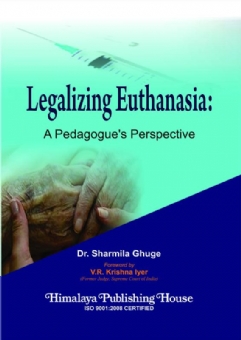Rural Development in India is an important segment of economic development. Although, thousands of crores of rupees have been spent on rural development during the last 57 years, the problem is as grave as it was. Yet, the importance of this subject has enhanced.
Rural India is real India. Over Seventy-six per cent of the total population of India lives in villages. Rural India still contributes about half of the national income. Agriculture is the basic occupation which sustains the rural areas. Rural development is not simply an economic proposition; it has social, psychological and cultural dimensions as well. It is a multi-dimensional as well as multi-directional concept.
To be precise, rural development is a programme designed to improve the socio-economic living conditions of the rural poor. It aims also at raising their cultural level and reorienting their rich traditions. It seeks to achieve increase rural production and productivity, greater socio-economic equity and a higher standard of living for the rural poor. It is partly ameliorative and partly development-oriented. Development is interlinked with motivation, innovation and the active participation of the beneficiaries, inter alia, this calls for organisation and management. Rural development recognizes the importance of improved food supplies and nutrition, as well as the importance of such basic services as health, housing, education and expanded communications, which will go a long way in enhancing the productivity of the rural poor. Moreover, it aims at providing gainful employment, so that the rural people too may contribute their mite to the national product.
Rural development implies a fuller development of existing resources, including the construction of infrastructure, such as roads and irrigation works, the introduction of new production technology, the revival of traditional arts and crafts, and the creation of new types of institution s and organisations.
The study presents a kaleidoscopic review of varied aspects of rural development in FORTY TWO chapters.
The Study also features:
1. Programmes, policies, and analyse the progress and shortcomings.
2. Emerging issues and challenges.
3. Prospects and out of look of Rural Development in India.
The study is useful to students, Researchers, Administrators and Professionals.
Contents :
1. Introduction
Section One : Rural India
2. Socio Economic Structure of Rural India
3. Rural Poverty
Section Two : Rural Development
4. Meaning and Content of Rural Development
5. Rural Development: An Overview
6. Early Attempts at Rural Development
7. National Programmes of Rural Development
8. Community Development Programme
9. Employment Guarantee Scheme
10. Issues in Rural Development
Section Three : Present Rural Development Programmes
11. Wage Employment Programme
12. Self-Employment and Entrepreneurship Development
13. Special Area Development Programmes
14. Rural Housing Programmes
15. National Social Assistance Programme
16. Rural Water Supply Programme
17. Rural Sanitation
Section Four : Approach to Rural Development
18. Agriculture and Rural Development
19. Imperatives for Wise Water Management
20. Energy Management
21. Modern Agricultural Technology
22. Social Forestry
23. Rural Industrialisation
24. Land Reforms and Rural Development
Section Five : Financing Rural Development
25. Credit Needs of the Rural Poor
26. The National Bank for Agriculture and Rural Development
27. Techniques of Lending to Agriculture
28. Area and Project Approach to Bank Lending
29. Decentralised Credit Planning
30. District Credit Plans
31. Block Level Planning
32. 20-Point Programme and Rural Development
Section Six : Rural Management
33. Agencies for Rural Development
34. Role of Voluntary Agencies
35. Vikas Volunteer Vahini
36. Council for Advancement of People`s Action and Rural Technology
37. Rural Management
38. Training for Rural People
39. Panchayats for Rural Development
Section Seven : Future of Rural Development
40. Future of Rural Development
41. Rural Development in the 21st Century
Section Eight : Experiments in Rural Development
42. Case Studies
Annexure − I
Section Nine : Select Bibliography







